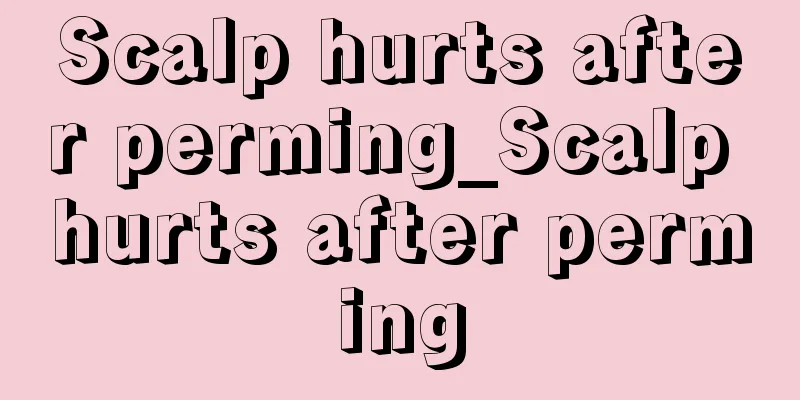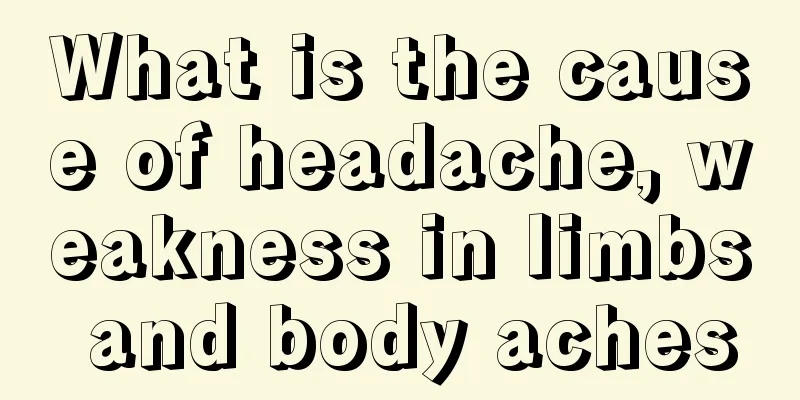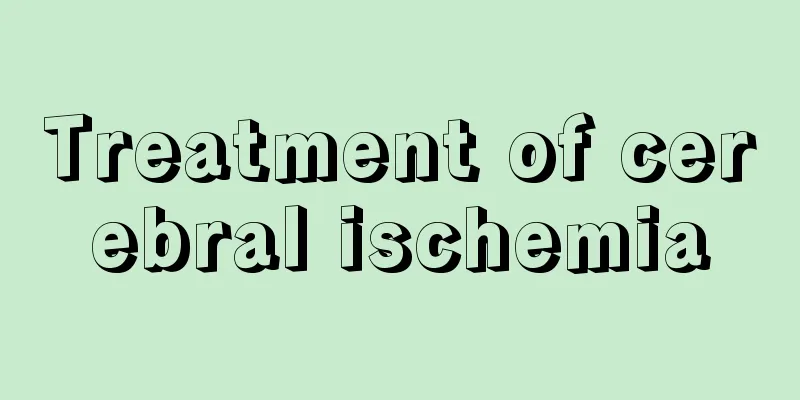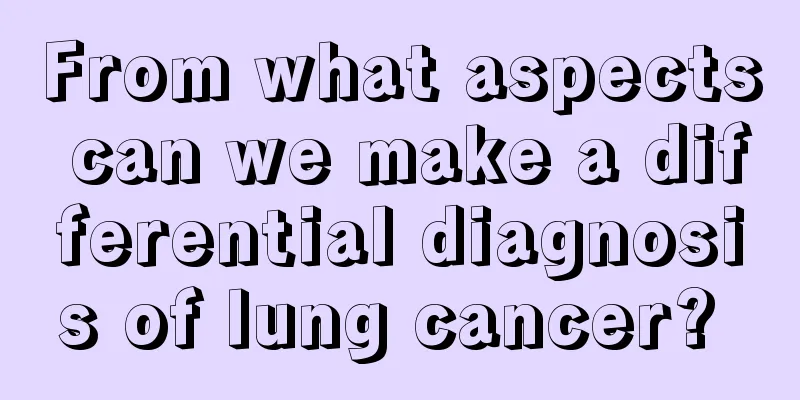What is the reason for exposed tooth roots

|
Our teeth are divided into three aspects. In addition to the visible teeth and gums, there are also the roots inside. The roots are also very important organs. Once a problem occurs, the entire tooth will become diseased, thus affecting the health of the body. Among them, many people have exposed tooth roots, which is also a disease, but what causes exposed tooth roots? Sometimes it is caused by improper brushing habits, sometimes it is related to age. Improper brushing: The bristles of the toothbrush used when brushing are too hard and the particles of the toothpaste are too coarse. Use a saw-like horizontal brushing method, etc. Mechanical stimulation and friction can cause the gingival tissue to recede, resulting in exposure of the tooth roots, especially in the canines and premolars. Food impaction: Long-term food impaction irritates local gum tissue, causing gum recession and tooth root exposure. Premature senile atrophy: occurs in young people, with uniform recession of periodontal tissues throughout the mouth, no obvious local irritants or inflammation, and the cause is unclear. Tooth root exposure may be due to physiological changes. With age, the alveolar bone shrinks and the gums recede. This senile periodontal atrophy often occurs in multiple teeth in the entire mouth. It is gingival recession due to disuse. Due to misaligned teeth, unilateral chewing, and untimely repair of missing opposing teeth, the periodontal tissue lacks the necessary functional stimulation, leading to alveolar bone loosening, absorption, and root exposure. It is the long-term damage and stimulation of periodontal tissue that causes periodontal atrophy and exposed tooth roots. This is mainly caused by the long-term mechanical stimulation of the metal clasps of removable dentures on the gums and periodontal tissues, as well as the pressure on the gums caused by improper denture restoration. Periodontal disease: Due to the long-term presence of tartar and plaque in the oral cavity, the periodontal tissue is always in a state of chronic inflammation. Many people have bad or bloody breath when they wake up in the morning, and their gums bleed when they brush their teeth or eat. Over time, the gums and alveolar bones that protect the tooth roots shrink due to the erosion of chronic inflammation, causing the tooth roots to be exposed. The scope and degree of gum recession vary, and the treatment methods and effects are also different. For small, uniform amounts of gum recession and root exposure, no treatment is necessary if there are no symptoms. Desensitization treatment can be performed for those with allergic symptoms. Be careful to eliminate all adverse stimuli that may cause gum recession. There are many factors that cause exposed tooth roots. When similar situations are found, treatment should be actively carried out. So, what to do if tooth roots are exposed? Since gingival recession is accompanied by the absorption of the underlying alveolar bone, once the gums recede, except for a few affected teeth that can cover part of the exposed root surface through membranous gingival surgery, most of the gingival recession is difficult to regenerate and restore to the original height. Therefore, care should be taken to prevent gingival recession. Small, uniform amounts of gum recession are usually asymptomatic and require no treatment. If gingival recession continues to progress, the cause should be identified and the causative factors eliminated (for example, changing brushing habits, adjusting orthodontic force, correcting poor restorations, etc.) to avoid further aggravation of gingival recession. In addition, symptomatic treatment should be given to the complications of gingival recession: for teeth with sensitive root surfaces, local stimulation should be reduced (avoid ingesting too cold or too hot food, brushing teeth with warm water, etc.), and desensitization toothpaste should be used for desensitization; for a few patients whose symptoms seriously affect their eating, sodium fluoride paste (or % sodium fluoride solution) can be applied locally, fluoride-containing mineral solution can be used for gargling, etc. There is no special treatment for horizontal food impaction, so attention should be paid to timely cleaning. Dental floss and toothpicks can be used to clean the adjacent surfaces of teeth; teeth with root caries should be filled and treated in time. |
<<: Which department should I go to for bad breath
>>: Is it normal for tooth roots to bleed?
Recommend
Why do I often blush and feel hot
Many people are troubled by frequent blushing and...
What to do if you are allergic to gauze
When many doctors clean the patient's wound, ...
The difference between thymosin and thymopentin
Thymosin and thymopentin are both medical drugs. ...
Internal structure of the ear
The ear is an organ with a relatively complex str...
Is it normal to have a cold for half a month?
The reason why most people can resonate with the ...
Can drinking beer help sexual performance?
Everyone knows that whether they want to drink or...
Precancerous lesions of gastric cancer
Gastric precancerous lesions are first of all a h...
What to do if bladder cancer recurs? Three ways to deal with recurrent bladder cancer
Bladder cancer is very common among urinary tumor...
Introducing several exercise methods for brain cancer patients
Cancer patients have a much worse physical condit...
How long can a person with heavy bleeding from cervical cancer live?
Improving women's own functions is also the k...
What are the conventional methods of liver cancer care? There are 8 conventional methods of liver cancer care
1. Follow the general nursing routine of TCM inte...
How to make yourself more elegant
How can we make ourselves more elegant in daily l...
How painful is it after the double eyelid anesthetic wears off
In order to make their eyes look more beautiful a...
What are the correct examination methods for bladder cancer
Bladder cancer is very common. This disease is a ...
What is the best way to prevent liver cancer? Six tips to relieve the unbearable pain of liver cancer
Liver cancer is highly malignant and progresses r...









